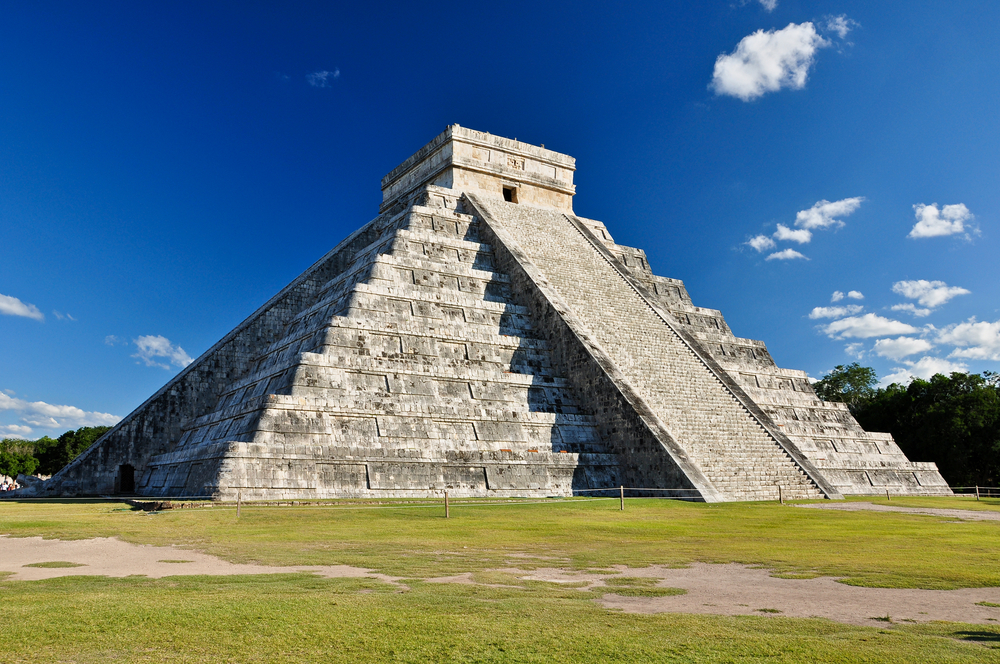Nesting Doll Pyramid: Ancient Mayan Structure Found Inside Chichen Itza

What do a Russian nesting doll and a Mayan pyramid have in common? Archaeologists have confirmed that the iconic Pyramid of El Castillo in eastern Mexico is actually a pyramid within a pyramid within a pyramid.
In the 1930s, the first hidden pyramid was revealed within the Kukulkan tomb at Chichén Itzá in Mexico, which researchers estimate was built between about A.D. 850 and A.D. 900. Now, scientists have found an even smaller pyramid inside that one that may have been constructed between A.D. 600 and A.D. 800.
Although the last construction of El Castillo occurred around A.D. 950 to 1000 and combined elements of Mayan and central Mexico cultures, the interior pyramids are "more purely Mayan" because they were constructed earlier, the archaeologists said. [Photos: First Glimpse into a Mayan Tomb]
There has been some controversy surrounding the chronology of Chichén Itzá, according to Denisse Argote, an archaeologist and geophysicist at Mexico’s National Institute of Anthropology and History. Argote said that although the dating of the structures is not fully proven, the pyramid's interior structure could add to the establishedchronology and understanding of the Mayan culture's early stages.
"Now the second substructure, more ancient than the ones known, would be of a pure Mayan style," Argote said in a statement. "The study of this substructure could tell us a lot about the beginning of the settlement in the site and its cultural influences."
The researchers used a technique called electrical resistivity tomography (ERT), which involves deploying hundreds of electrodes on the surface of the pyramid and into the ground. Without disturbing the archaeological site, ERT injects a direct current and relays any changes in electrical properties, highlighting structural differences inside the monument.
Using this technique, the researchers acquired more than 45,000 observations that helped detail the interior of the Pyramid of El Castillo. The ERT technique confirmed the 2014 discovery of a partially water-filled sinkhole beneath the pyramid, as well as the previous pyramid discovery and the finding of the new structure, the archaeologists said.
Get the world’s most fascinating discoveries delivered straight to your inbox.
"The results indicate the existence of two pyramids inside the main Mayan building," said coordinating researcher René Chávez, a geophysicist at the National Autonomous University of Mexico.
Chávez added that although Mexican researchers discovered one of the interior pyramids in the 1930s, "the second substructure was just a hypothesis in some archaeologists’ minds."
The new discoveries will be detailed in a poster presentation Dec. 14 at the American Geophysical Union's fall meeting in San Francisco.
Original article on Live Science.

